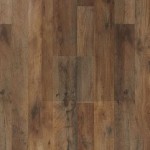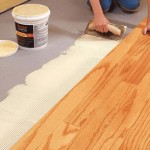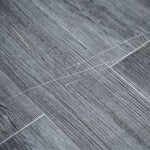Essential Aspects of Laminate Floor Molding Types and Uses
Laminate flooring is a popular and versatile choice for both residential and commercial spaces. To enhance the aesthetic appeal and functionality of your laminate flooring, moldings are essential. These moldings serve a variety of purposes, including covering gaps, protecting edges, and providing a smooth transition between different flooring types or surfaces.
Selecting the right type of laminate floor molding is crucial, as it can significantly impact the overall look and durability of your flooring. Here are some of the most common types of laminate floor moldings and their uses:
Quarter Round
Quarter round molding is a versatile option that can be used to cover expansion gaps and transitions between flooring and walls or other vertical surfaces. It has a rounded profile that creates a smooth, seamless transition, making it suitable for most flooring types.
T-Molding
T-molding is designed for use in transitions between two flooring surfaces of the same height. It features a T-shaped profile with two flanges that cover the edges of the flooring, providing a clean and secure connection.
Reducer
Reducer molding is utilized when transitioning between flooring surfaces of different heights. It gradually reduces the height difference between the two surfaces, creating a smooth and safe transition. Reducers are commonly used in doorways or when connecting different flooring materials.
End Cap
End caps are used to conceal the exposed ends of laminate flooring at doorways or other openings. They provide a finished and professional look and prevent the edges of the flooring from becoming damaged.
Stair Nose
Stair nose molding is specifically designed for use on stairs. It provides a finished edge on the stair treads, enhancing safety and preventing slips and falls. Stair nose moldings are typically made from durable materials that can withstand heavy traffic.
In addition to their functional benefits, laminate floor moldings can also enhance the aesthetic appeal of your space. They are available in a wide range of styles, colors, and finishes, allowing you to match them perfectly with your existing décor or create a unique and distinctive look.
When selecting laminate floor moldings, consider the following factors:
- Flooring Type: Choose moldings that are compatible with the type of laminate flooring you have.
- Thickness: Ensure the thickness of the molding is appropriate for your flooring.
- Style and Finish: Select moldings that complement the design and finish of your flooring and overall décor.
- Durability: Consider the durability and wear resistance of the moldings, especially in high-traffic areas.
Proper installation of laminate floor moldings is essential to ensure their functionality and longevity. It is recommended to follow the manufacturer's instructions carefully and use the appropriate tools and materials for a professional-looking finish.

Moldings Guide Floor Molding Styles And Types

Coordinating Moldings

Floor Trim The Ultimate Guide

The Basics Of T Molding Definition Uses And Types Tallest Tree

The Most Common Flooring Trims How They Are Used

Floor Trim The Ultimate Guide

Flooring Transition Strips Moldings Trims Onflooring

Types Of Baseboards The Home Depot

4 Best T Molding Types To Enhance Your Home S Flooring

Floor Molding Frequently Asked Questions
Related Posts








